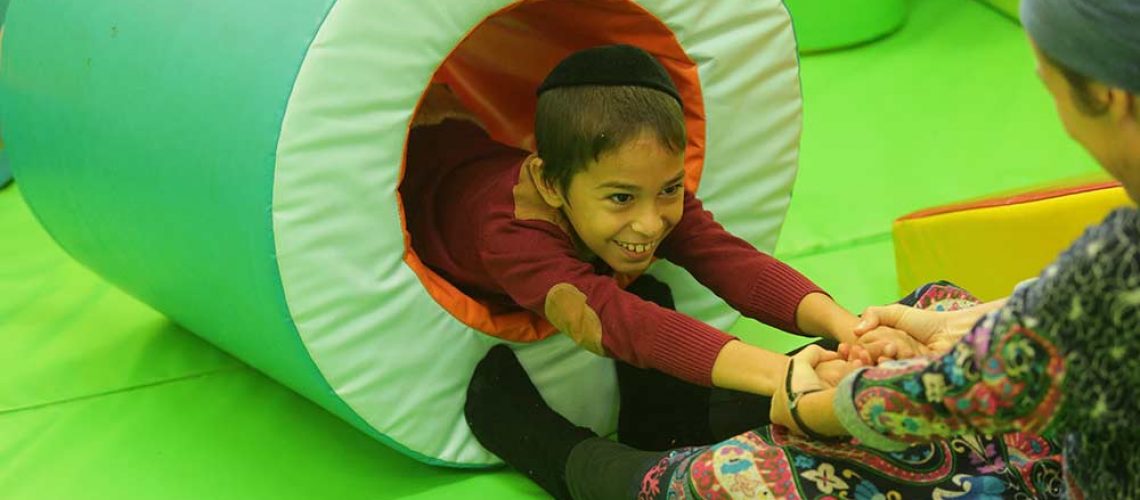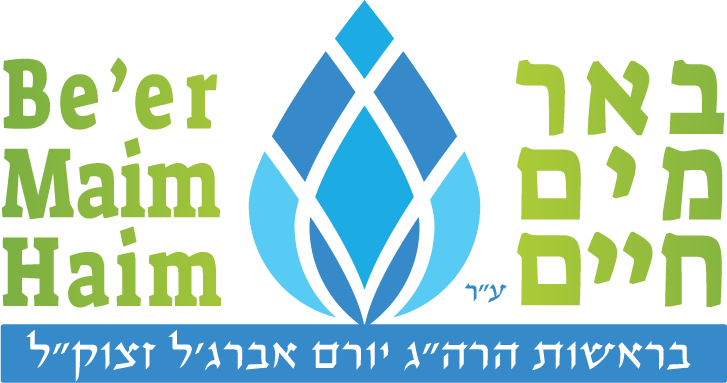A two-stage plan to provide quality medical care. An innovative pilot that provides emotional and paramedical treatments within the educational institutions and strengthens the relationship between the educational staff, the therapist and the patient.
Many studies from around the world indicate a direct link between paramedical treatments and a significant improvement in children’s functioning and academic skills – particularly when the response is given at an early stage.
Occupational therapy, art therapy, and other methods have become a real game changer for children who require such therapy and are considered a fully-fledged complement to conventional medicine. The three main ways to obtain treatment are:
- Through the HMOs – treatment is provided after an admission process that takes place at the community HMO. The parents are exclusively responsible for the various aspects of obtaining the treatment. Waiting times are long and may exceed 8 months.
- Through schools and educational frameworks – this type of response is only approved and dispensed for children attending special education settings (kindergartens or schools); it is limited to a predefined number of hours and is usually considered an insufficient solution.
- Private institutes and clinics – this type of response is mostly suitable for well-to-do families with a high level of awareness and understanding of the importance of this type of therapy. Private service providers are not always locally available; recipients may therefore have to travel in order to receive the appropriate treatment.
The challenge
The very high demand for therapy provided by the HMO and the various Child Development Units results in extremely long wait times (sometimes many months), which significantly undermines the effectiveness of therapy – particularly with young children, with whom early diagnosis and therapeutic continuation are of the utmost importance . Another byproduct of the high load and long wait times are referrals made to service providers who are located out of town; in those cases, patients and their families often choose to forego treatment altogether, due to the strain, the long wait, and the high level of expense involved in frequent travel. Another essential difficulty has to do with the fact that the therapy is dispensed outside of the school environment and is therefore quite detached from the educational staff working with the child on a day-to-day basis, resulting in an undermined holistic capacity to treat the child. Another problem in those cases is the need for good communication and coordination between different caregivers and therapists, that would allow the formation of an overall picture of the different treatments and therapies received by the patient.
Additionally, the parents are in charge not only of dealing with the HMO’s exasperating red-tape, but also with maintaining treatment continuity in spite of any technical difficulties that this may entail. As a result, the necessary care is often only given to children in highly developed and well-to-do families with financial means and personal abilities. Many families in southern Israel have a low socioeconomic background and either fail to provide the necessary treatment for their children altogether or fail to ensure treatment continuity. In such circumstances, the educational frameworks find themselves helpless, as they are unable to take part in the process.
The response
We propose an innovative two-stage model of paramedical/affective therapy in educational frameworks
Stage I
Expanding the basket of treatments provided by the Ministry of Education to children attending special education frameworks (kindergartens and schools); and providing paramedical and affective therapy for children attending regular frameworks (kindergartens and schools).
All treatments will be dispensed within the educational frameworks, thus constantly keeping the educational staff in the loop.
The burden and responsibility of providing care shall be shared between the parents and the educational institution; the parents will be required to collaborate, to be involved and to take part in the therapeutic process but will be relieved of some of the technical aspects.
Stage II
The creation of a Child Development Unit, through which a collaboration will be arranged with the HMOs in order to allow for paramedical treatments funded by the HMOs to be dispensed in the schools and in cooperation with the educational staff. The Unit shall provide a paramedical response to the entire community and will significantly improve wait times, improve therapeutic relevance and reduce or prevent delays in the provision of appropriate care.
Costs
The pilots will run in four educational institutions, 3 primary schools and kindergartens.
Each institution shall receive approximately 20 paramedical hours per week, including group and individual therapy.
The cost for one institution
The cost for 4 institutions
The Ministry of Education’s participation
The local authority’s participation
Self-funding
Total income
Required
$46,200
$184,800
$69,700
$5,400
$8,100
$83,200



